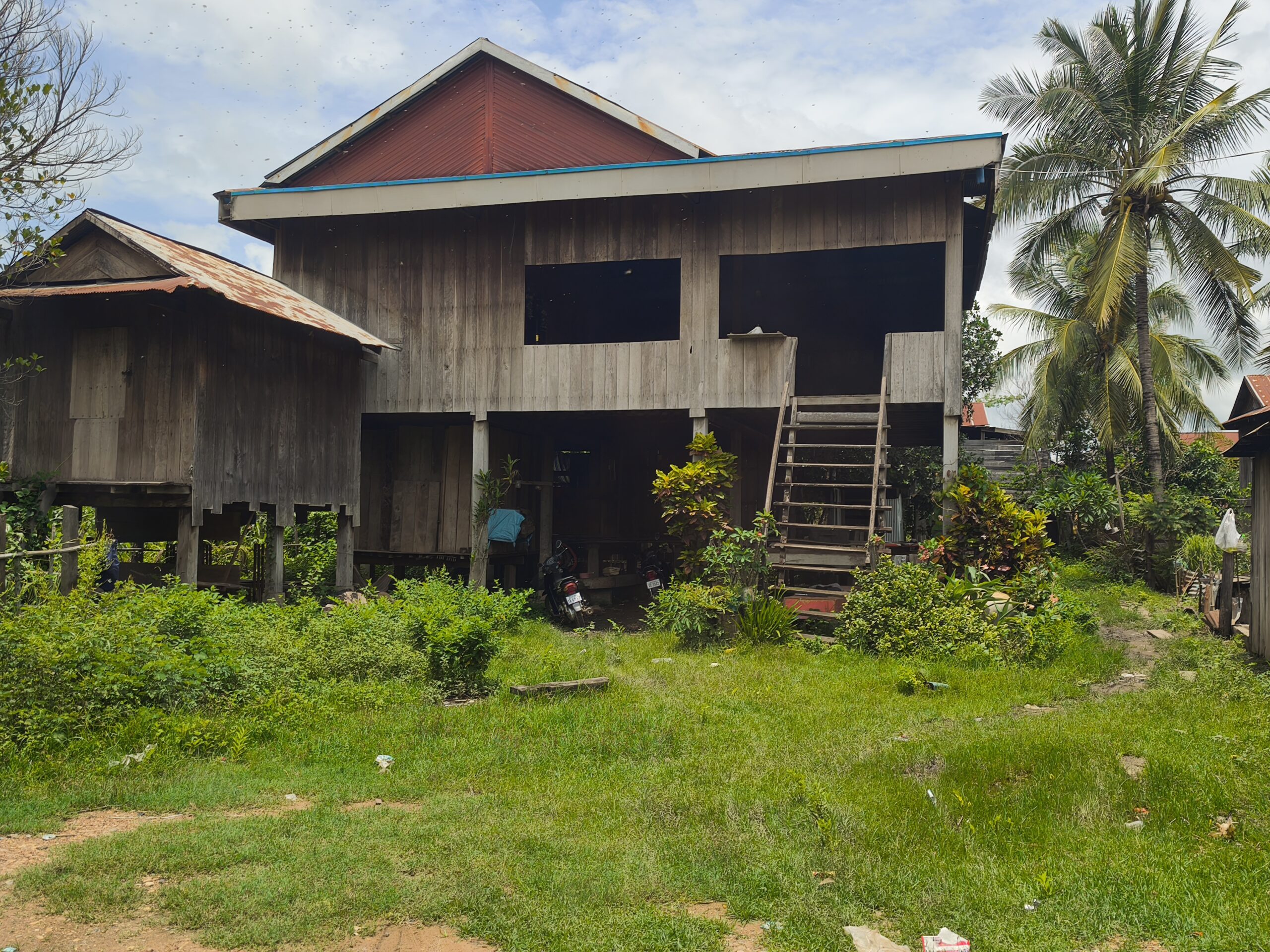“The Lao in Cambodia and the Lao in Laos have a lot of differences,” said Meach Mean, a Khmer-Lao government official. “Even the language cannot be understood by each other anymore.”
He went on to say the Khmer-Lao traditions today are 30-40 percent Lao in origin, with the rest being Khmer.
In 2001, the Cambodian government passed an amendment to the Land Law, giving specific protection of land rights for indigenous communities, and giving the first official recognition of indigenous groups as separate legal entities. However, the Khmer-Lao community was not included in this designation. As a result, they do not benefit from the same land protections afforded to the recognized indigenous groups nearby, leaving them vulnerable in terms of land rights and access to resources.
In 2015, local protests erupted over the construction of the Sesan Hydroelectric Dam, drawing attention from international groups and media, especially regarding the displacement of nearby Bunong villages.
Media reports showed that the much larger Lao community in the area received comparatively little recognition.
Today, the villages near the dam still mostly speak Lao, but there are no organized cultural groups to advocate for their rights and heritage. Many villagers flatly denied the existence of Lao culture, insisting that they were not a separate ethnic group from the Khmer, but rather spoke Lao due to their proximity to the border. They believed that, over time, even this connection would fade.
“The teachers decided that we should all speak Khmer, so we speak Khmer. Our children will learn only Khmer,” said a barber in Phlouk village, which is notable for having its own dialect referred to by other Khmer-Lao as “Original Lieu.”
He also mentioned that the children would not learn the dialect, a decision supported by the entire village. While outside sources claimed that many in Phlouk village were unhappy about the fading of their Lao heritage, no villagers felt comfortable expressing that sentiment in on-the-record interviews.
“They’re afraid that their loyalty to Cambodia is going to be questioned,” said Ian Baird, a professor of Southeast Asian studies at the University of Wisconsin, who specializes in indigeneity in Southeast Asia and Lao history, theorizing about the villagers’ reluctance to tell more about their culture.
Bainua, a 69-year-old resident, said that there was “no such thing” as Khmer-Lao traditions beyond language, as they are fully Khmer. He noted that his grandchildren would not learn Lieu, viewing this as beneficial for easier communication.
“One Khmer, two mouths,” Bainua and his fellow villagers repeated.
Another villager nearby explained that the local population identifies as Khmers, attributing the use of the Lao language to the fact that many had fled to Laos for a few years during the Cambodian Civil War in the 1970s.












